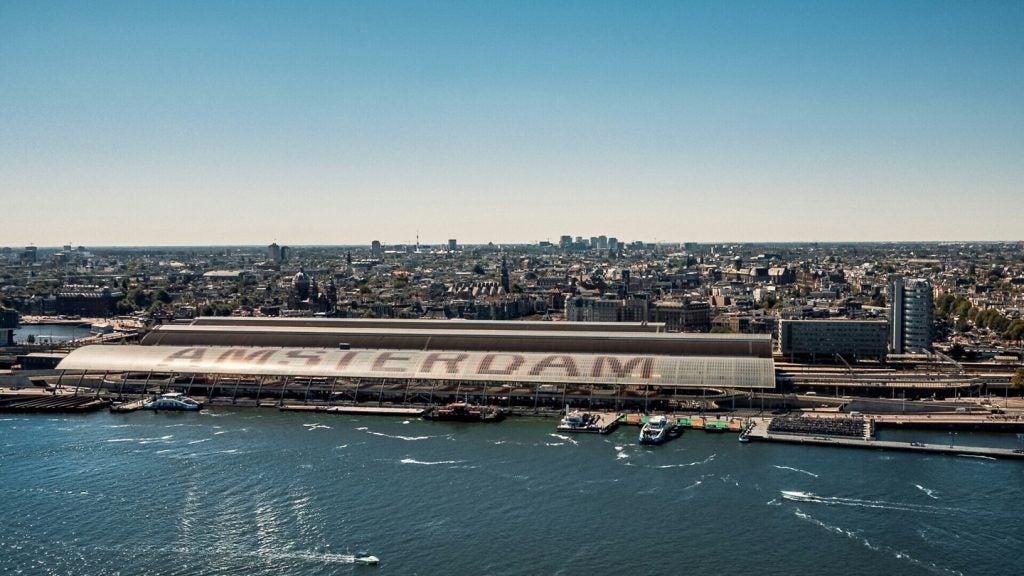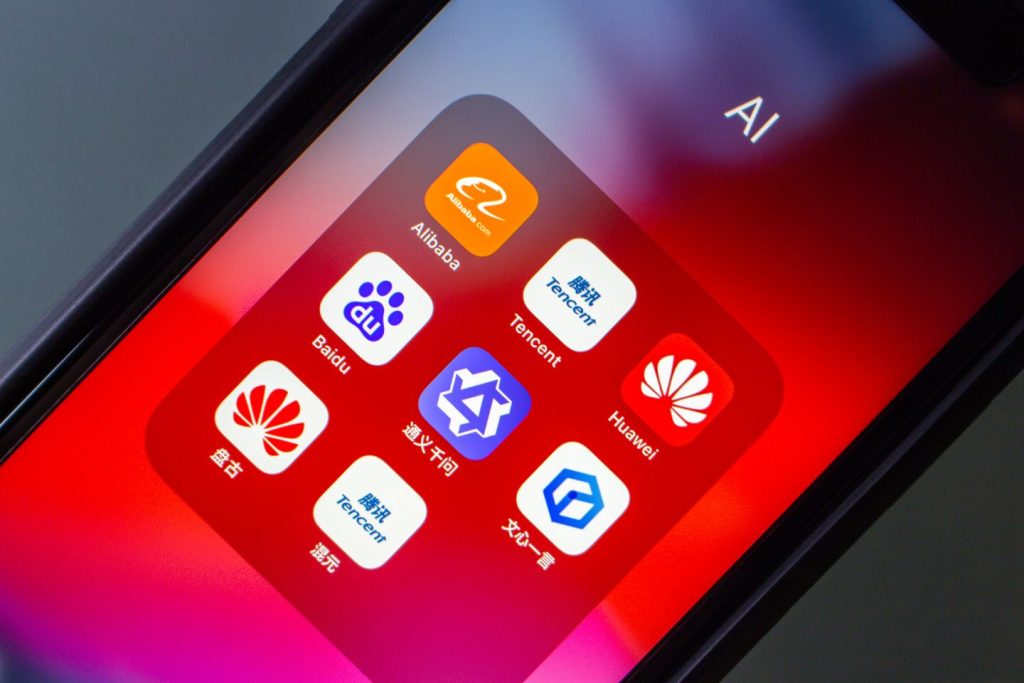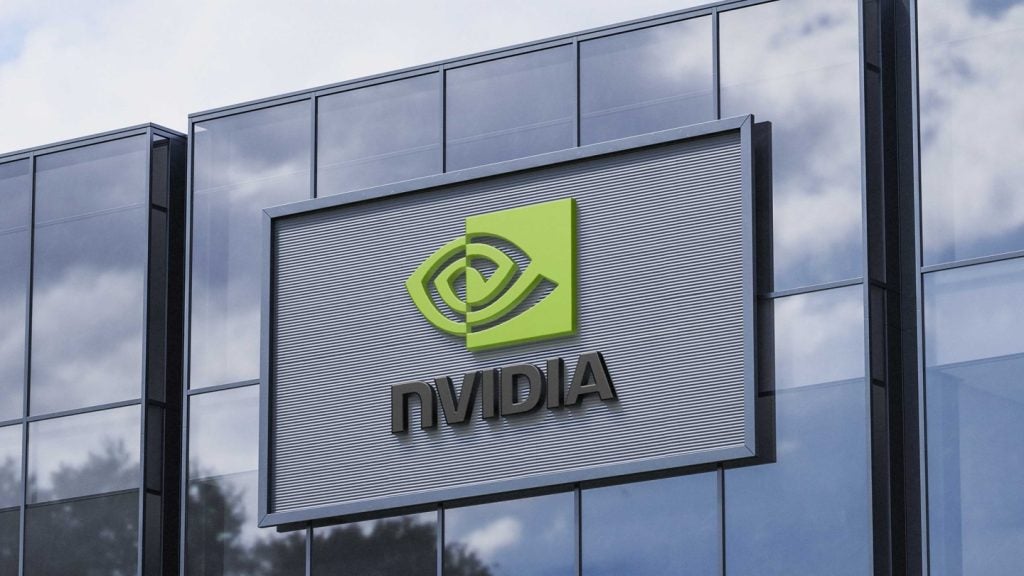From warehouses to kitchens, robots are increasingly being used throughout the global workforce, and as a result, many people are worried that they might soon replace human workers.
A major example of this fear was in October 2024, when 25,000 members of the International Longshoremen’s Association (ILA) went on strike, shutting down ports along the East and Gulf coasts. While wages were part of the issue, the bigger concern was about automated cranes at ports. These machines increase efficiency, but unions argue they threaten jobs. The ILA has demanded that automated machinery be banned and warned of more strikes if automation continues. The shutdown, which lasted 72 hours, caused significant alarm as experts estimated it could have cost the US economy up to $4.5bn per day and worsened inflation.
This strike reflects a broader fear across different industries. A survey by the American Federation of Labor and Congress of Industrial Organisations (AFL-CIO) found that 70% of its members are worried about losing their jobs to technology. Increasing automation is not limited to ports either, as Las Vegas casino workers were shocked to see robots performing tasks like frying food and making cocktails, further fuelling fears about job displacement.
The rise of robots
Automation is spreading quickly, with US robotics start-ups receiving more than $15bn in investment since 2019. Artificial intelligence (AI) is becoming more advanced, allowing automation to enter industries that previously relied solely on human labour. Car manufacturers have led the way, but now electronics and logistics companies are also adopting these technologies. This rise in automation is driven in part by labour shortages and the declining participation of Americans in the workforce, with the percentage of people aged 16 and older participating in the labour force expected to decrease from 61.7% in 2020 to 60.4% in 2030.
Businesses are struggling to recruit workers, and automation is seen to fill those gaps and improve efficiency. For example, robots are now used for window washing at skyscrapers, addressing labour shortages in dangerous jobs. However, critics argue that automation eliminates good-paying jobs. The ILA points out that similar changes happened in the past. In the mid-1950s, the use of large shipping containers reduced the need for longshoremen at ports, resulting in the sudden disappearance of tens of thousands of jobs.
Balancing technology, job security, and inequality
The debate highlights the challenge of balancing new technology with job security. Some industries have added protections, such as giving workers advance notice and offering retraining programs. For example, Las Vegas casinos now provide six months’ notice before introducing new technologies, along with free training and severance packages for displaced workers. Similarly, United Parcel Service (UPS) has agreed to negotiate with the Teamsters union for at least 45 days before implementing automation like drones or driverless vehicles. New York retail stores with unionised workers also require agreements before introducing new technologies.

US Tariffs are shifting - will you react or anticipate?
Don’t let policy changes catch you off guard. Stay proactive with real-time data and expert analysis.
By GlobalDataDespite protections, many fear automation will worsen economic inequality by disproportionately affecting blue-collar workers, particularly those without college degrees. There are fears that these workers may struggle to shift into the higher-skilled jobs created by automation. As automation grows, businesses and workers must find ways to balance innovation with protecting jobs. The key question is whether technology and job security can coexist or if we are moving toward a future where machines take over, reshaping the workforce entirely.









